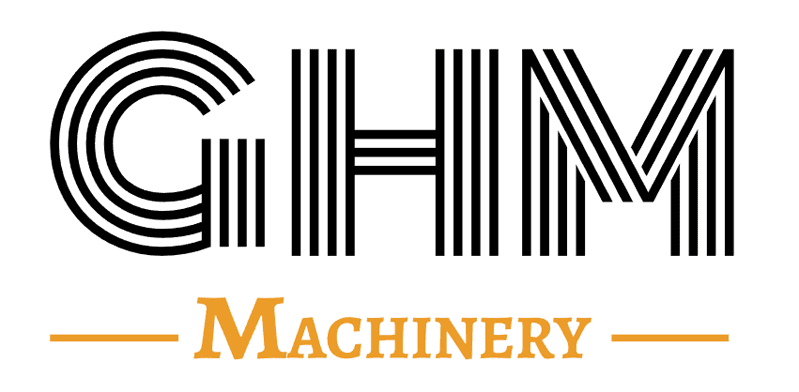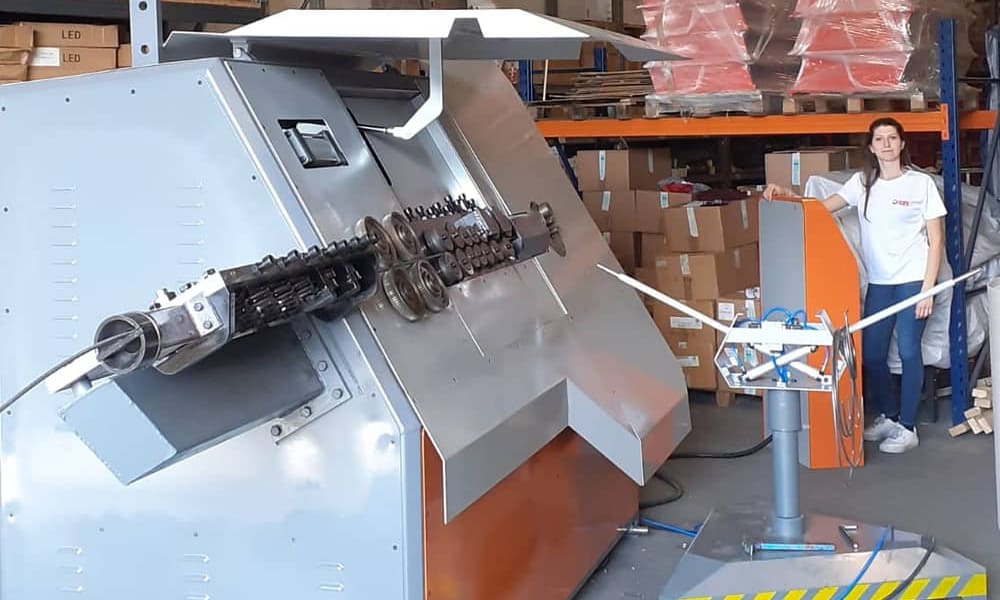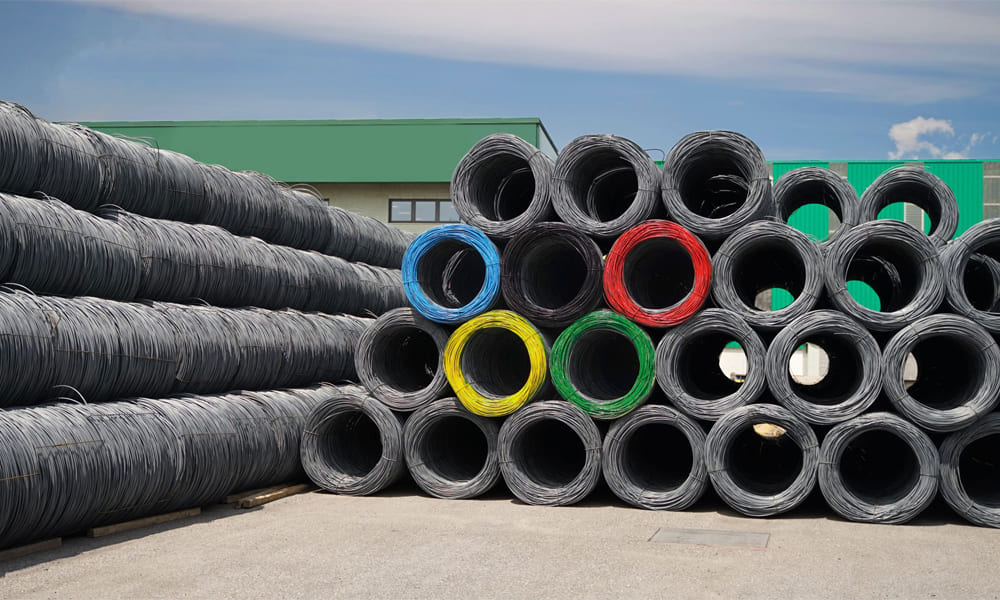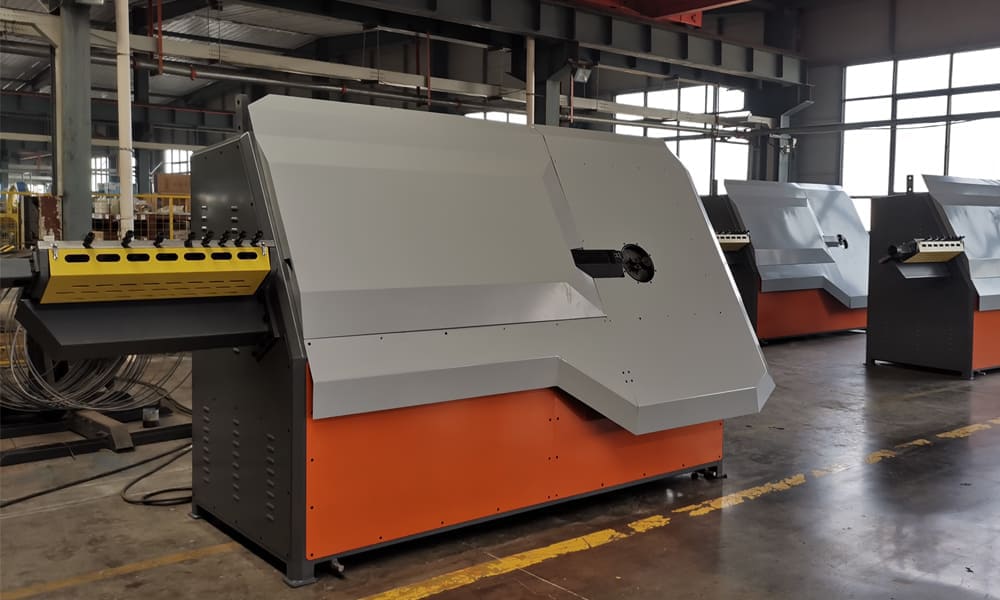The control methods of rebar bending machines have evolved significantly over time, each offering distinct advantages and considerations:
- Mechanical Control: Mechanical control, the most basic method, operates through direct mechanical connections. It is suitable for simple bending tasks but lacks precision, requiring skilled operators and resulting in lower production efficiency. Modern rebar bending machines rarely use this method due to its limitations in bending angle accuracy.
- Hydraulic Control: Hydraulic control employs hydraulic cylinders to execute bending operations. It offers relatively simple operation with high precision and a broad range of angle adjustments. However, the system is complex, costly, and demands skilled maintenance personnel, leading to its gradual replacement by more advanced methods.
- Electrical Control: Electrical control is the contemporary standard for rebar bending machines. It utilizes electronic control systems to precisely manage machine actions, accommodating diverse bending angles and shapes efficiently. The process includes:
- Programming: Pre-setting bending angles and paths.
- Detection: Sensors monitor machine conditions (e.g., motor, air pressure) in real-time, adjusting operations for optimal performance.
- Control: Regulating motor speeds to achieve precise bending angles as programmed.
Each control method offers unique benefits and drawbacks. Mechanical control is straightforward but lacks accuracy and efficiency. Hydraulic control provides high precision but is costly and complex. Electrical control stands out with its precision, flexibility, and cost-effectiveness, though proper maintenance and adherence to operational guidelines are crucial.
In summary, while mechanical and hydraulic controls have their historical significance, electrical control has emerged as the preferred choice in modern applications. It promises reduced production costs, enhanced efficiency, and improved quality and safety standards in rebar bending operations.





